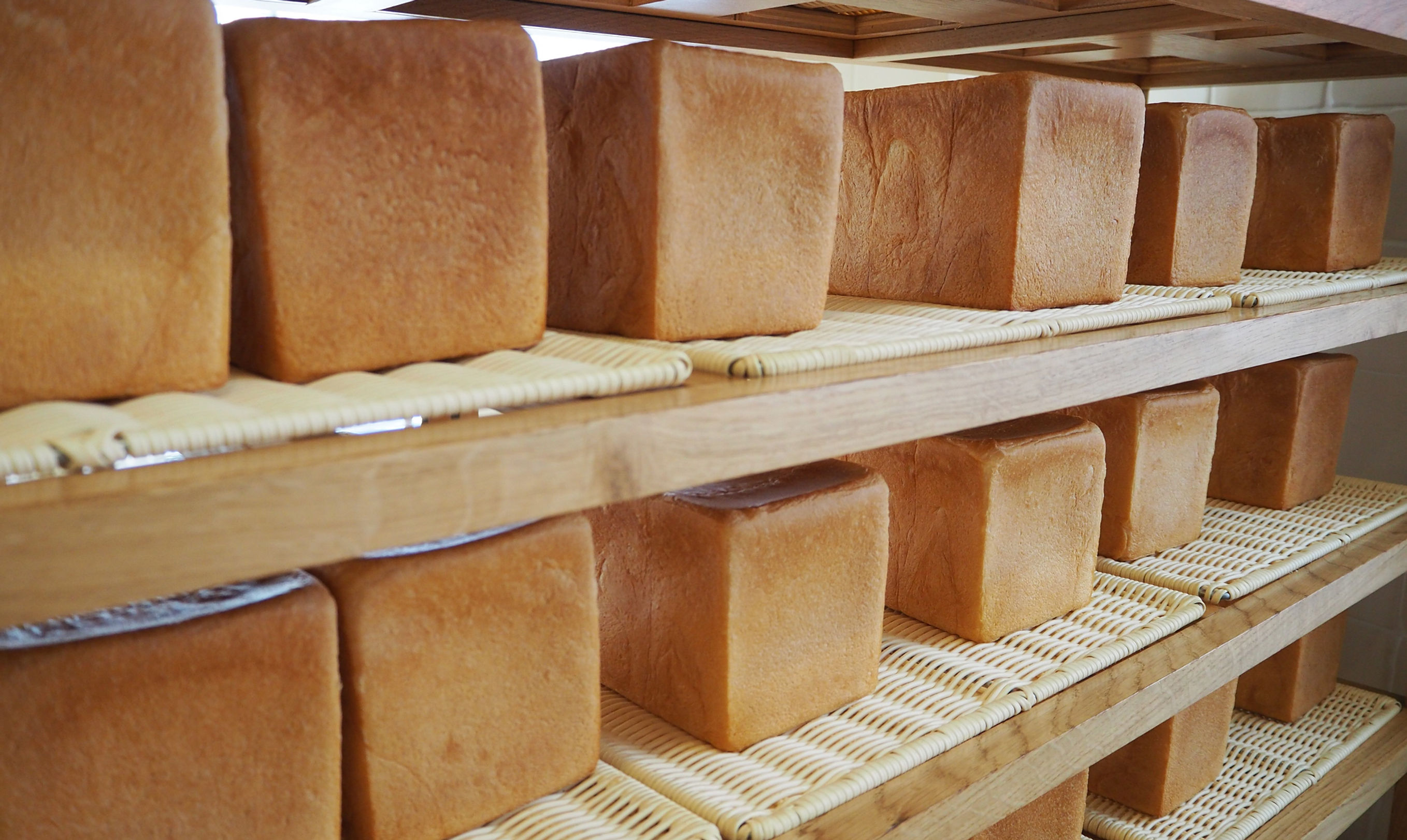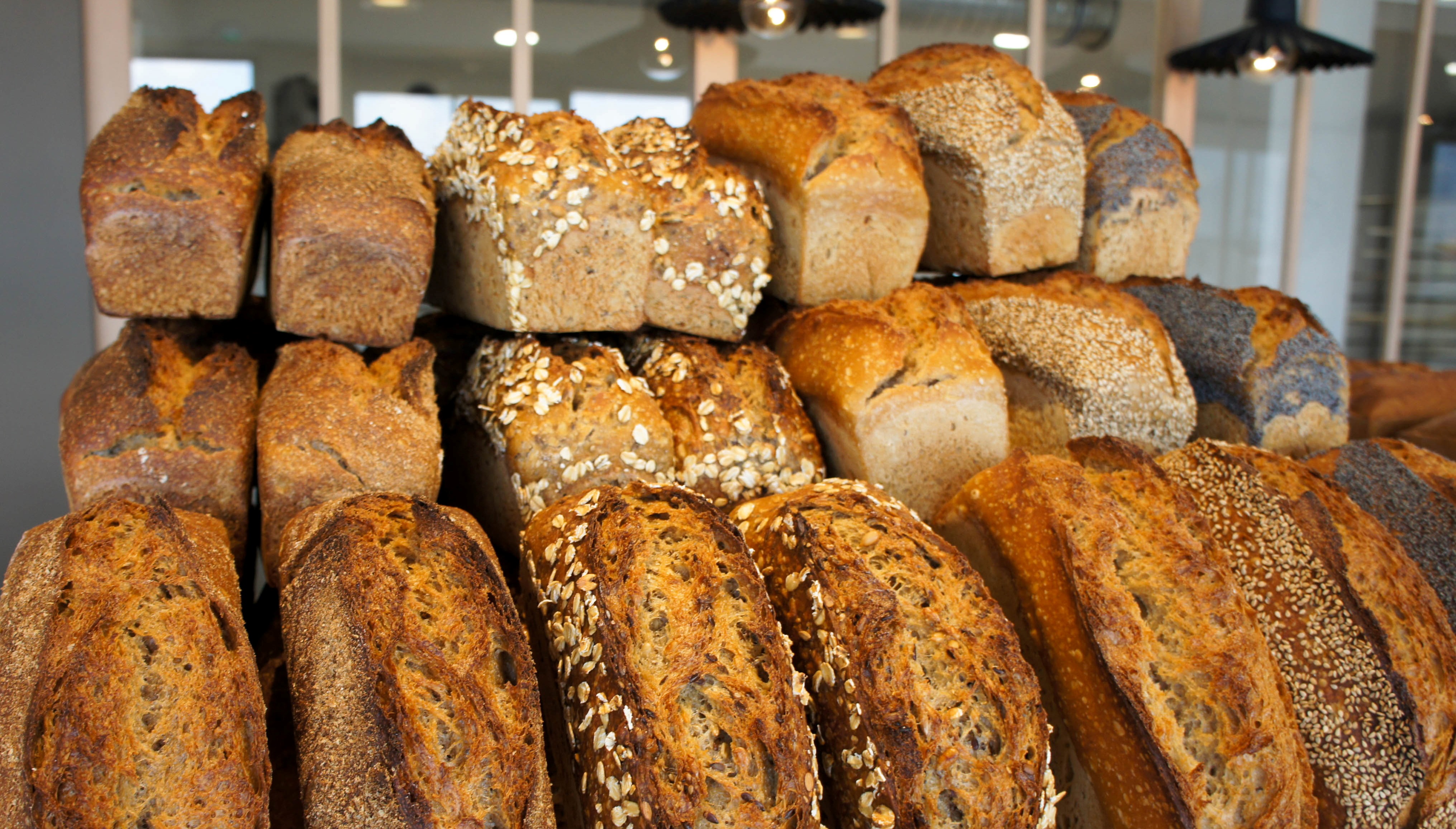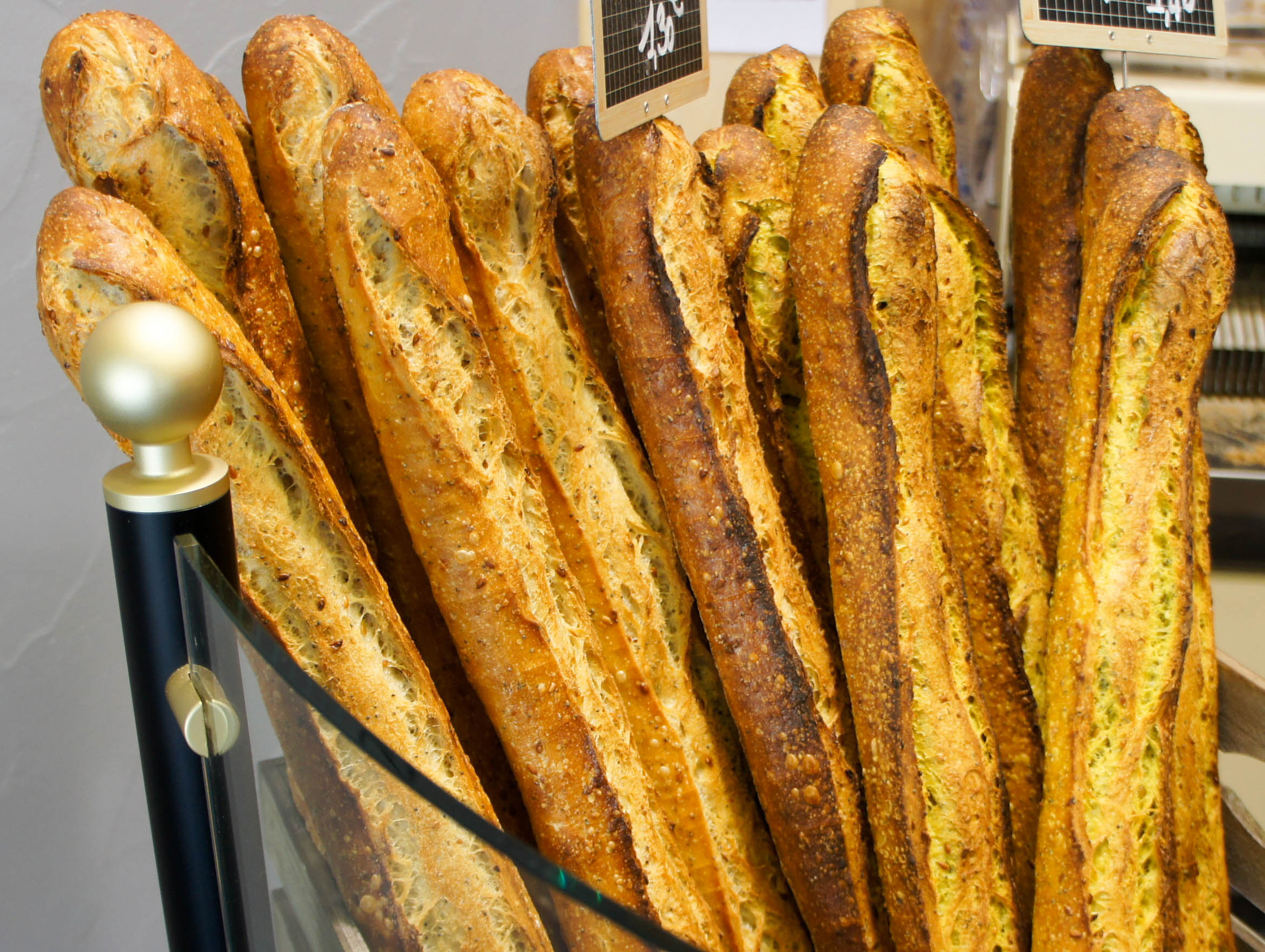Will bread disappear from French tables?
By Rémi Héluin
114 grams in 2015, 105 grams six years later… nothing seems able to stop the daily decline in bread consumption in France. Despite the population’s strong attachment to this staple food and the recognition of a unique know-how, people are developing new meal habits that challenge the role of the wheat-flour-bread chain on their plates. Skipped breakfasts, the rise of soft textures, and snacking… these are major challenges for all the masters of fermentation.
Despite its status as an icon of French gastronomy, the baguette has never faced such troubled times. Its inclusion at the end of 2022 on UNESCO’s Intangible Cultural Heritage list, through the associated artisanal know-how and culture, has not changed the trend: crusty bread, which is integral to the identity of French bakeries, is now being challenged by soft products like sandwich bread, buns, and other global specialties.
A study conducted by QualiQuanti for the French Bakery Entrepreneurs Federation (FEB) in 2021 revealed that 86% of French people consume sandwich bread, even though the traditional baguette remains their favorite, cited as such by 41% of respondents. Today, the packaged industrial sandwich bread market weighs over €500 million annually — a segment that artisan bakers could conquer, as shown by the success of the Parisian shop Carré Pain de Mie, which sells nearly 450 kilos of soft breads daily! Yet few independent bakers have seized this opportunity, even though shokupan, inspired by Asian techniques and famous for its cloud-like texture, is slowly spreading in bakery displays.

© Carré Pain de Mie
The decline in bread consumption: a contrasted reality
Contrary to popular belief, young people are not the ones turning away from bread the most. While 36% of French people reduced their bread consumption between 2018 and 2023 (source: IFOP survey/French National Confederation of Bakery and Pastry (CNBPF), November 2023), it is among the 35-49 age group that this trend is strongest: 43% of them now eat less bread. Conversely, among younger people (18-24 and 25-34), 26% of the 25-34 group say they have increased their consumption. This aligns with observations from the 2021 QualiQuanti study, where 41% of under-30s reported the same trend. However, this audience tends to approach bread as part of a dish eaten outside the home. While breakfast remains the key moment for bread consumption, young people under 24 are moving away from this meal: only 57% now eat breakfast, compared to 83% among 55-65-year-olds (source: LSA/Appinio survey, January 2025).
Not only has the population adopted an increasingly mobile lifestyle, where snacking — with or without bread — plays a central role, but perceptions of the product have also eroded. According to the 2023 IFOP/CNBPF survey, 66% of French people now consider bread as the foundation of a balanced diet, compared to 88% in 2005. In the meantime, gluten fears and doubts about “white” breads have left their mark.
Country-style, seeded, rye bread… diversity meets new expectations

Health has become a major concern in food choices, especially since COVID-19 heightened public awareness on this topic. Bakeries are no exception: more nutritious products are gaining attention. This “selective” or “nutrition-conscious” public represents 24% and 19% of bread lovers, respectively, according to a 2021 OpinionWay/FEB study. Thus, country-style bread is favored by 72% of consumers, followed by whole grain and seeded breads at 60% (source: Banette/IFOP survey, 2023).
This attraction to so-called “specialty” breads leads consumers to explore global inspirations, such as Nordic or Eastern European breads, with seed-rich recipes developed by various millers through mixes easily workable in bakeries (Tour de Mains by Foricher les Moulins, Norwegian bread by Girardeau/Suire or Moulins Bourgeois…). These breads combine practicality (easy to slice and freeze) and good shelf life, providing sustainable energy and, when made with natural sourdough, excellent digestibility. At the same time, committed bakers are exploring new production methods aimed at naturally enhancing the flavor and nutritional qualities of their products, such as Respectus Panis®, developed by the Ambassadeurs du Pain.
In addition to pleasing the palate and nourishing the body, these breads offer better shelf life. So-called “long-keeping” products proved useful during the 2020–2021 lockdowns and beyond: they help fight food waste. Bread remains the most wasted food item, ahead of fruits and vegetables, as shown in a 2023 OpinionWay study for Smartway: one-third of French people (33%) throw away bread at least once a month.
The baguette: flagbearer and victim of the sector’s challenges
Facing these changes, and consumers seeking the best balance between practicality (shelf life, product availability), price, and taste, the baguette is struggling: it requires daily trips to sales points — far from ideal for a time-pressed public. This shows in perceived quality: only 44% of French people felt bread quality improved in 2023 (source: IFOP/CNBPF), compared to 51% in 2005. This is particularly harsh given the sector’s many improvement efforts, including labels (CRC, Label Rouge, Organic, etc.).

Last year, the CNBPF announced its intention to propose a decree defining a “nutrition bread” to better guide consumers and meet their appetite for healthier products. This opens the door to a new transformation of the bakery offering: alongside diversified ranges (with the rise of snacking and viennoiserie), the core business of artisans will be deeply renewed. The goal? To sustain the know-how… and keep bread on the table. As a recent communication campaign by Intercéréales reminded us: “Without bread, it’s not the same.” Now, the challenge is to make sure that message reaches the entire population.